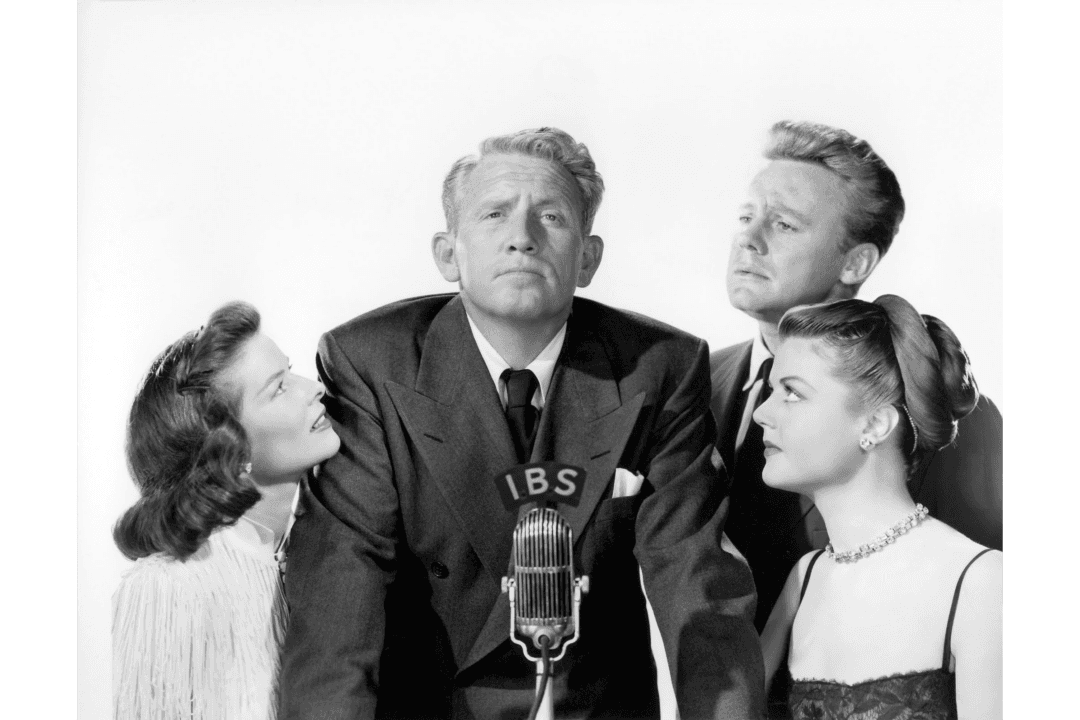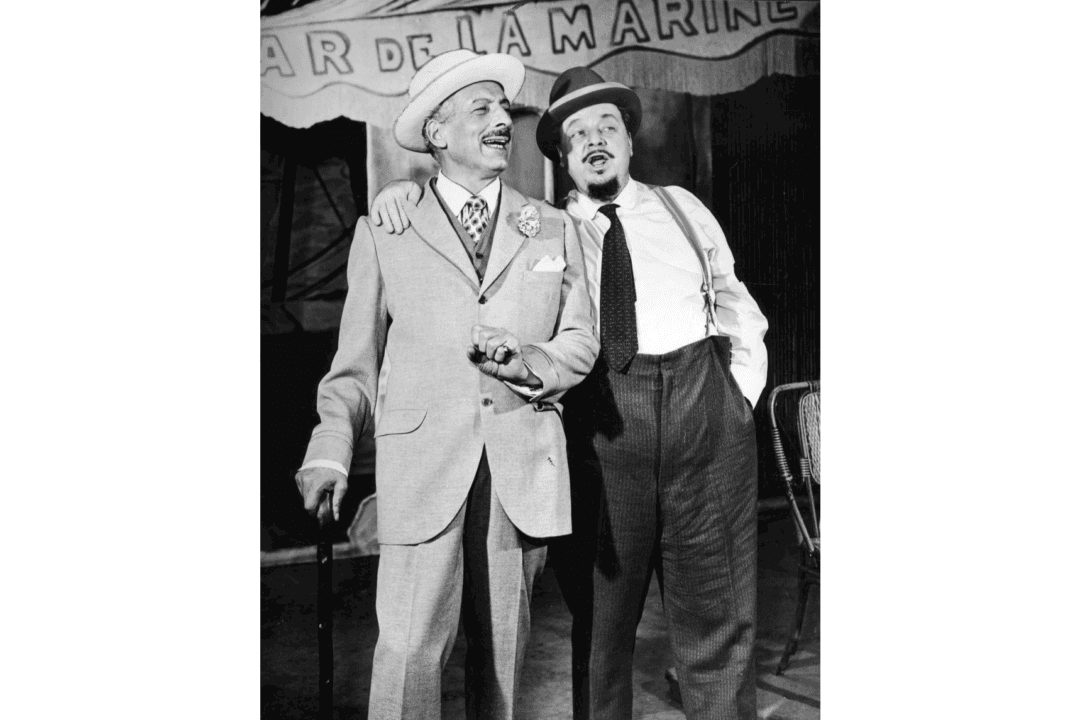The 2023 Golden Globes was recently broadcast from Beverly Hills on NBC. The award ceremony was back for its 80th anniversary after a year of absence from television because of its members’ controversial lack of diversity. If you’ve stopped watching award shows and following current Hollywood news, I can’t blame you. Hollywood hasn’t had anything good or positive to contribute to society for many years, but this wasn’t always the case.
The Golden Globes started during World War II as an awards ceremony hosted by the Hollywood Foreign Press Association (HFPA), a group of foreign journalists in Los Angeles formed in 1943. The first ceremony was held on Jan. 20, 1944.
Like the Academy Awards and every other entertainment award, the Golden Globes has changed a lot since its initial years. Many categories have been added, and others have been eliminated. Some awards have been divided into two categories, while others have been combined into single awards. For instance, the Best Picture award has been divided into Drama versus Musical or Comedy since 1951. However, for the first eight years, the Golden Globes chose just one movie as the outstanding picture of the year, as the Academy Awards still do.

A True Story
The film begins with the onscreen introduction: “This is the story of Bernadette Soubirous who lived in Lourdes, a village in southern France close to the Spanish border. For those who believe in God, no explanation is necessary. For those who do not believe in God, no explanation is possible.”The story takes place in 1858, and Bernadette (Jones) is a poor French girl whose life changes drastically when she looks for firewood one day. While waiting for her two companions in the Massabielle grotto, Bernadette sees a vision of a beautiful lady in a white dress.
Although Bernadette tries to keep this otherworldly experience to herself, news of the apparition quickly spreads throughout the town. Most of the townspeople, including her own parents, think Bernadette fabricated or imagined her story, but she continues visiting the grotto to see the lady. Eventually, the divine figure tells Bernadette to dig in the ground and wash her face with the water, and the obedient girl finds a hidden spring. The water’s miraculously healing powers gain fame throughout France. Religious officials quickly become involved in the situation to determine whether Bernadette has, in fact, been visited by the Virgin Mary.
Catholicism and the Code
In 1934, Hollywood made a daring decision. As members of the Motion Picture Producers and Distributors Association (MPPDA), all the major studios pledged to submit every film they made to the organization’s new West Coast branch, the Production Code Administration (PCA), for a Seal of Approval before it could be distributed in the United States. The PCA would only issue Seals to films which followed the Motion Picture Production Code. The Code’s strict guidelines detailed what content was morally and ethically appropriate for general audiences throughout the nation and the world.
Making films which are “reasonably acceptable to reasonable people,” which was the PCA’s goal, was not easy, so the PCA collaborated with filmmakers during every step of production so that the result would be a decent product of which everyone could be proud. This herculean task was headed by Joseph I. Breen, a strong man who was unafraid to be brutally honest and tough with the filmmakers and earned their friendship and trust by doing so.
The Production Code is commonly called the Hays Code after MPPDA president Will Hays, since many people believe he wrote it. Mr. Hays started this misconception himself by presenting the Code to the studios as his own composition to hide its Catholic origins. It was actually written by devoutly Catholic publisher Martin J. Quigley, who advocated the necessity of film content regulation as early as 1919, and Father Daniel A. Lord, a priest from Missouri who was gifted with musical and literary talents. Joseph I. Breen, a devoted husband and father of six with a background as a journalist and public relations man, was also a lifelong Catholic of Irish descent. Despite this strong Catholic influence, neither the Code nor the PCA required or even encouraged the overt inclusion of Catholic or even Christian messages in movies. All they asked was that movies be free from offensive content like profanity, excessive violence, unpunished or glamorized crime, and romantic immorality.
Nevertheless, many movies from the Breen Era (1934-1954) included prominent Catholic characters, scenes, and storylines. Critics of the PCA have long inferred that the Code pressured Jewish filmmakers into selling Catholic content to Protestant America, but this is an unrealistic view of how the PCA operated. In fact, any movie maker who thought mounting a Catholic topic would win him an easy Seal of Approval by charming Mr. Breen was kidding himself. Religious characters and themes, Catholic or otherwise, had to be handled with the utmost reverence and seriousness, as detailed in Section VIII of the Code. The PCA always encouraged productions with religious topics to consult appropriate clergymen, many of whom considered the motion picture medium to be inherently sacrilegious.

A Song of Faith
Although “The Song of Bernadette” is about a Catholic saint, you don’t have to be Catholic to enjoy it. Any Christian can appreciate the message behind this beautiful story. When Bernadette sees the beautiful lady in the grotto, it is both a miraculous blessing and an immeasurable challenge. Even her closest relatives refuse to believe her story when they hear it. The young girl’s sanity is questioned, and her honesty is doubted. She is cross-examined, pressured, and bullied by friends and officials alike to say that she made up the vision. However, nothing can persuade the brave young woman to deny what she knows to be the truth. She is unafraid of being shunned, discredited, or even persecuted because her faith sustains her.Despite the significant challenge of making a movie about a saint, “The Song of Bernadette” proved to be a success on all fronts. It earned over $7 million and, according to the American Film Institute, received positive reviews from critics. The same source describes how successful it was with the hardest critics, Catholic viewers. Clergymen and laypeople alike loved the film. Even Joe Breen, who rarely chose movies as personal entertainment outside of his job, praised this movie, liking it well enough to send positive review clippings from a Catholic publication to producer William Perlberg. Finally, it was honored with award recognition, receiving seven wins and eight additional nominations between the Academy Awards and the Golden Globes.
While the 80th Golden Globes struggles to entertain its lost audience, you can still enjoy an uplifting winner from the award ceremony’s past. The beautiful movies from the Breen Era remind us that Hollywood was a different world eight decades ago, one in which a pure, uplifting movie about faith and sacrifice could win Best Picture.





